Build Fabric First
Working from the home my wife and I self-built allows me to benefit from glorious views of the countryside, and of some very interesting local characters.
Looking out of my office window I see the home of a lovely couple that are a version of Tom and Barbara, of The Good Life fame. They have a menagerie of animals, productive vegetable plots and solar thermal panels on the roof. They also brew their own diesel from used cooking oil, which seems to work well, despite the faint aroma of chip shop as they drive past.
Does a wind turbine make sense?
The couple in question recently added a small roof-mounted wind turbine that has caused me no end of amusement, not least because I’ve yet to see the blades actually turn, despite some fairly breezy weather of late.
Their bungalow is surrounded by two storey houses and a few mature trees. This means that it is permanently in turbulent air, which rarely blows in one direction making the location of the turbine sub-optimal. At best, the whole turbine swivels around wildly on its pole, but I suspect it hasn’t generated a single watt of energy under its own steam. This got me thinking about eco ‘bling’ and where to draw the line between sensible green investments and wasting money.
Insulation vs Renewable Energy
When I was the resident self-build technical advisor at the National Self-Build and Renovation Centre (NSBRC) in Swindon, my colleague and I were asked for some advice by a visitor who had allocated £50,000 of his budget for renewables.
We asked him why he wanted to go green; was it to save the planet or to save money? His response was that he just wanted to do his bit for the environment, so we advised him to spend the money on improving the airtightness and insulation levels of the other properties on his street. Unfortunately it wasn’t as conspicuous as the array of eco hardware he was hoping we’d suggest – he wasn’t impressed.
Case study: The Hurd family’s efficient fabric-first self-buildFind out what makes this traditional-style timber frame build one of the most efficient homes in the UK. |
We were being a bit flippant, but the point is still valid. Being ‘green’ is something of a fashion statement to some, a way of showing that you are environmentally aware.
Why take the fabric first approach?
For me, there’s no question that the most sensible place to put your money is in the fabric of your house. If you plan to minimise heat loss by designing in high levels of airtightness and build in as much insulation as you can into walls, roofs and floors from the outset, you’ll be using so little energy to heat the house that renewable goodies become less of a priority and in some cases, unnecessary. Arguably, the only eco extra needed would be a mechanical ventilation and heat recovery system to keep the fresh air levels up and the heat in.
The trendy self-build phrase of the moment is ‘fabric first’ and it’s a sensible one if you want to achieve a sustainable self-build project.
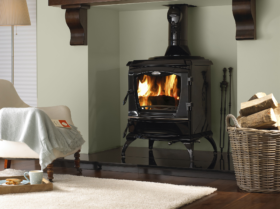
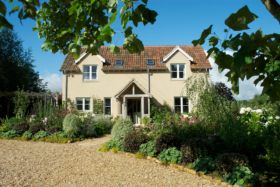































































































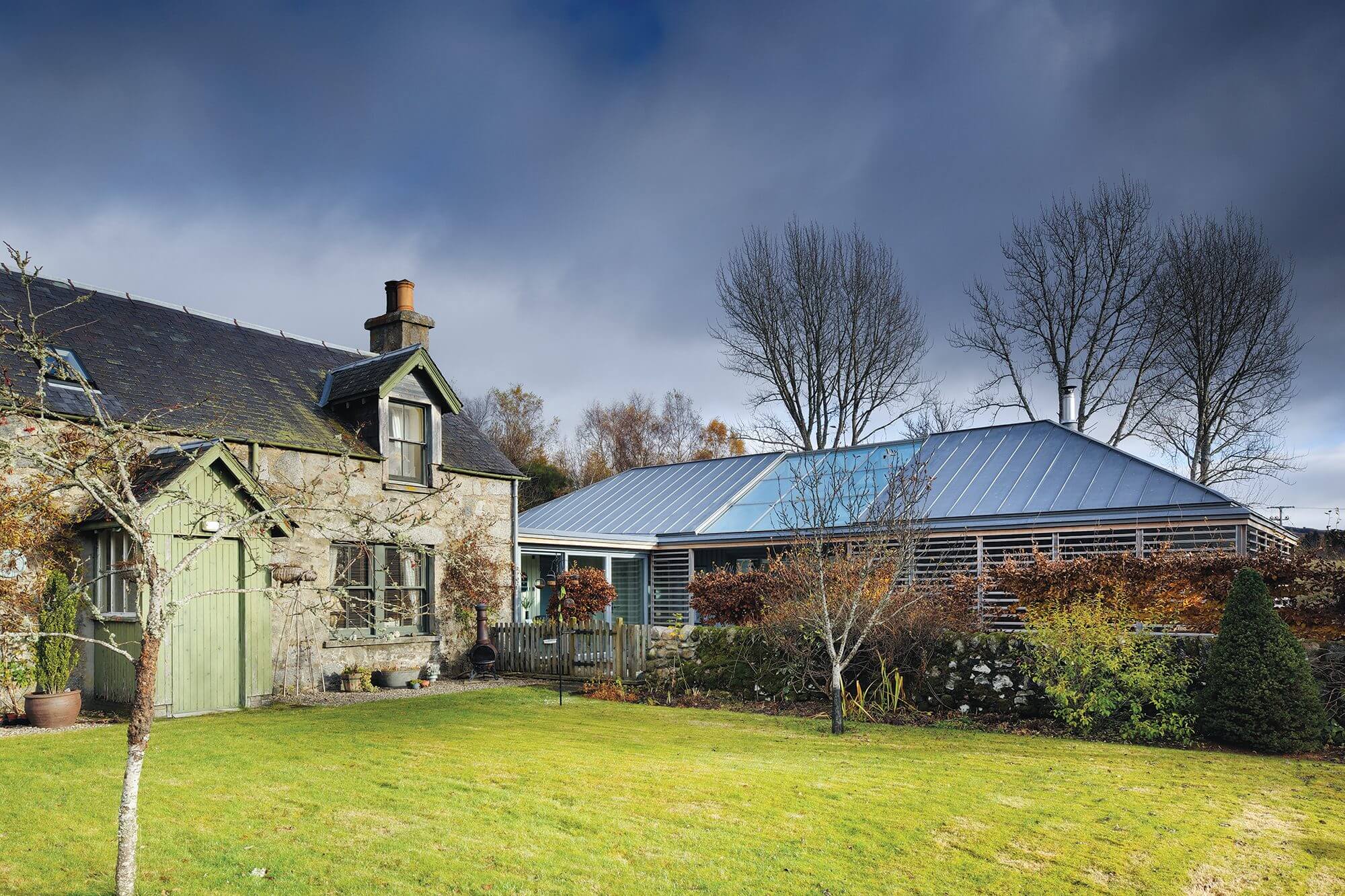
 Login/register to save Article for later
Login/register to save Article for later

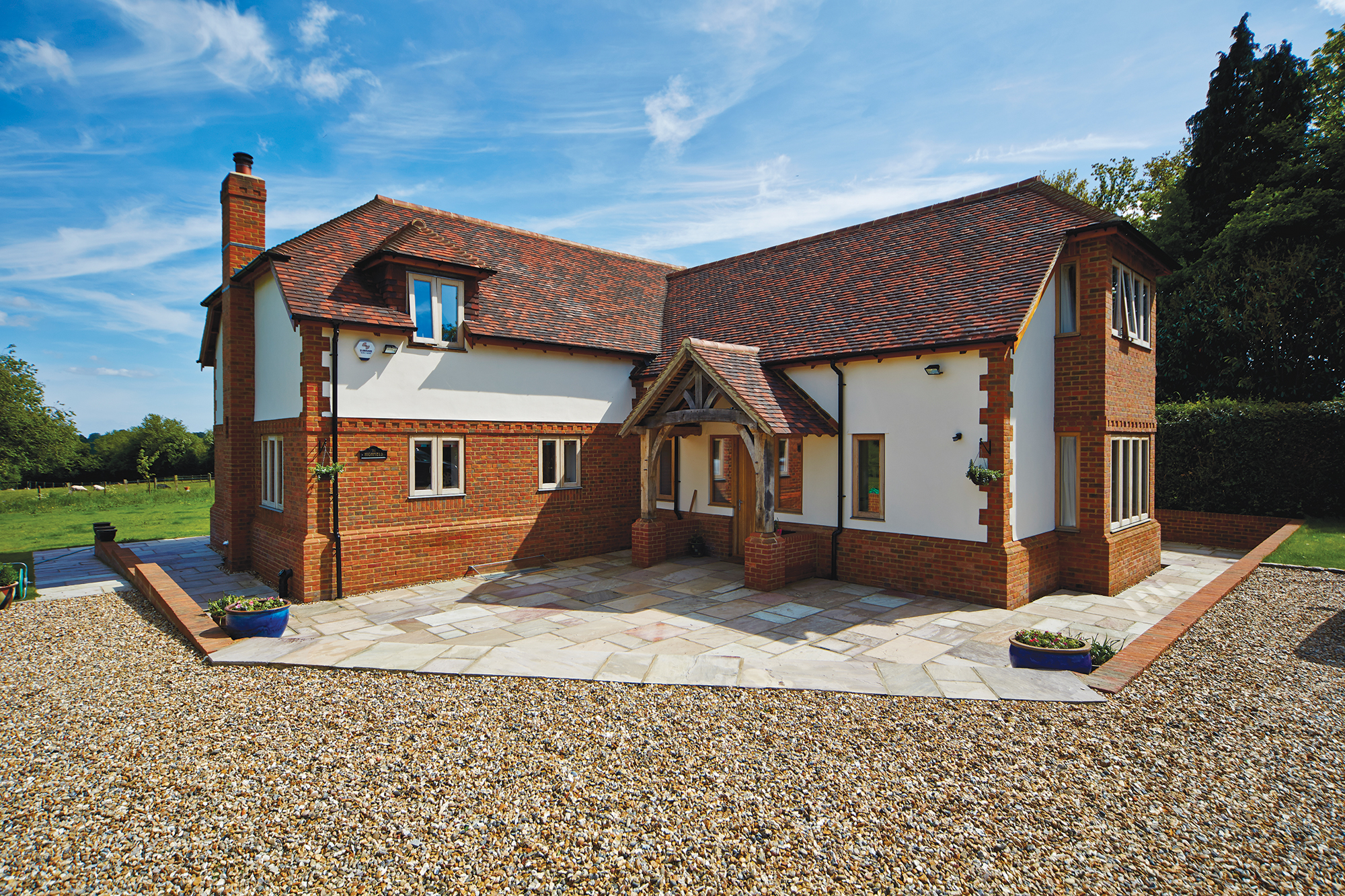


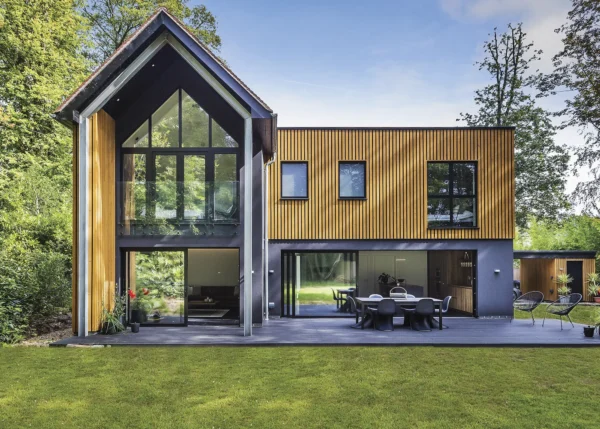
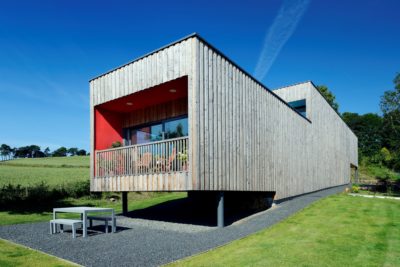
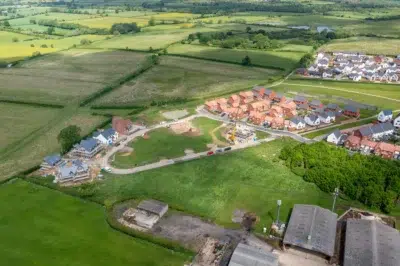
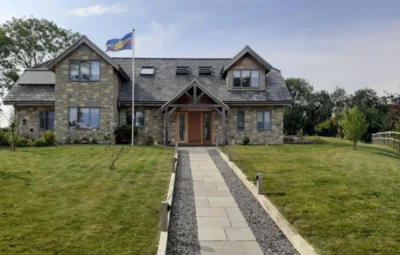
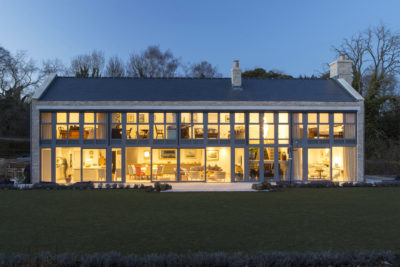





It’s no real surprise that people are more eager to display eco-bling than to make substantive efforts to improve the environment. The current global eco movement is essentially a religion. And as with any religion, there are a substantial number of adherents who are more eager to display their status in the faith to others than to contribute meaningfully to its ends.
As a fabric-first approach, I’m interested in ICF but I’ve been advised by architects that Mechanical Heat Recovery is expensive and unnecessary compared with air-source heat pumps (which can be as little as £1k more than gas central heating systems). Not sure if this stacks up though. Would I absolutely need MHRV if I have a fairly air-tight house, to avoid condensation etc?
Hi Bgregster,
Your heating system, of course, needs to matched up to the design spec of the house. Without knowing much detail it’s difficult to give you hard-and-fast advice, but as a basic guide if you were working to match or just exceed Building Regs standards, then a gas boiler would likely work out your most cost-effective option.
At a mid-high spec on insulation and air tightness, you’ll probably be weighing up a gas boiler vs heat pumps (air source is cheaper up front, ground source more efficient in the long term) and perhaps biomass boilers.
It’s only really when you get air tightness down quite far (off the top of my head less than 3 air changes per hour) that mechanical ventilation and heat recovery starts to enter the picture. This kind of result is eminently achievable with ICF, but again it depends what level of overall fabric efficiency you’re aiming for with the project.
At certain levels of efficiency, though, MVHR seems pretty much a must-have. For example, if you’re building to Passivhaus standards (0.6ach) you’ll already need mechanical ventilation, so why not go the whole hog?